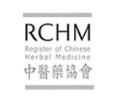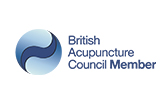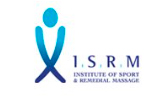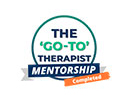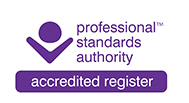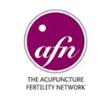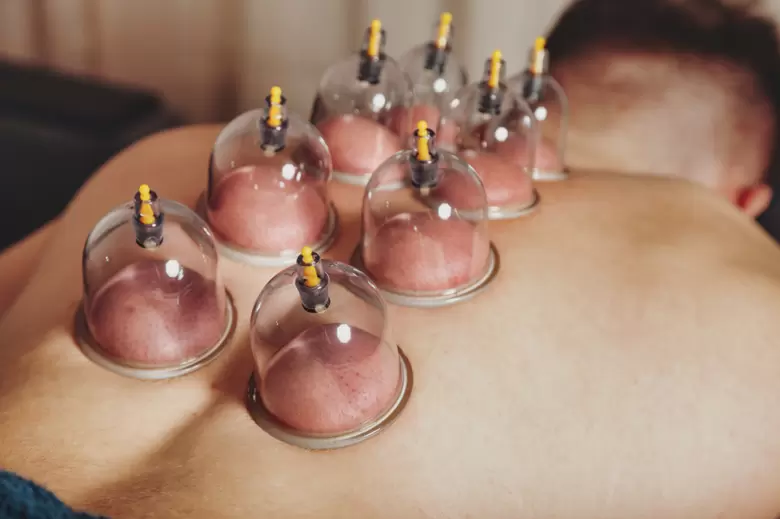
Imagine the busy streets and the long hours at work. The stress and muscle pain can be overwhelming. Many of us feel a constant ache in our shoulders, back, or neck. With alternative therapies like dry needling, acupuncture, and home massages becoming popular in Indonesia, choosing the right one is key. It’s important to find what works best for your body.
Dry needling, acupuncture, and cupping each offer unique ways to heal muscles and relieve pain. Dry needling targets muscle knots, acupuncture balances energy, and cupping improves blood flow and relaxation. Understanding these differences is essential for making the right choice. This guide aims to help you find the best therapy for your well-being.
Dry Needling: Targeted Muscle Relief
Dry needling acupuncture is a special technique for muscle pain relief. It targets specific muscle trigger points. It’s great for those with chronic or acute muscle pain, like fibromyalgia and myofascial pain syndrome.
How It Works
Dry needling uses thin, sterile needles in tight muscles or trigger points. These are tight muscle areas that cause referred pain and limit movement. By treating these points, it improves blood flow and eases muscle tension.
This method is often part of a bigger treatment plan. It includes physical therapy and custom exercise programs.
Benefits and Ideal Candidates
Dry needling acupuncture offers quick relief from muscle pain and is effective for many conditions, including fibromyalgia, myofascial pain syndrome, chronic back pain, and various sports injuries. It’s especially beneficial for people who haven’t seen results from other treatments or those looking to add an extra boost to their existing therapy plan. It’s like using an acupuncture needle as a physical therapy tool without reference to the east Asian medical systems.
Possible Side Effects and Considerations
Dry needling acupuncture is usually safe but might cause minor side effects. These include slight bleeding, bruising, and temporary soreness at the needle sites. It’s important to talk about any worries with your healthcare team before starting.
Acupuncture: Holistic Energy Balance
Acupuncture is a key part of traditional Chinese medicine and other east Asian traditional medicine systems. It aims to balance the body’s energy flow by using fine needles. This method helps with both physical and mental health, leading to better overall well-being. It can also be used as above to release tight muscles and treat pain.
How It Works
Acupuncture involves inserting needles into specific body points, called acupoints. These needles help the body’s energy flow better. It works by improving the flow of Qi, the life force energy, across the body to activate the body’s innate healing balancing systems.
Benefits and Ideal Candidates
Acupuncture helps with many health issues, including all the musculoskeletal problems listed under dry needling and also more complex conditions like chronic pain, migraine and stress. It’s great for those looking for a natural way to improve their health. It can also help with anxiety, insomnia, and menstrual problems including help with fertility.
Possible Side Effects and Considerations
Acupuncture is usually safe, but it can have some side effects. These might include minor discomfort or bruising. It’s important to use clean needles to avoid infections. It’s a good choice for those wanting a natural way to balance their energy and health.
Cupping Therapy: Deep Tissue Stimulation
Cupping therapy is an ancient practice that uses cups on the skin to create suction. This helps to improve blood flow and relax muscles. It’s known for its quick and non-invasive way to ease muscle stiffness and improve movement.
How It Works
A therapist places cups on the skin during a session. These cups are made of glass or plastic. The vacuum inside pulls the skin and tissues up, boosting circulation and relaxing muscles.
This process helps release tension in the fascia, connective tissues, and muscles. It’s a great option for those looking for deep tissue therapy without surgery, and can also boost healing more generally as it has a local anti inflammatory effect.
Benefits and Ideal Candidates
Cupping therapy helps with back pain, muscle stiffness, fatigue, and poor circulation. It promotes faster recovery and deep relaxation. Many travelers and locals now enjoy cupping therapy in Bali, where the practice combines traditional healing with calming spa environments for a truly restorative experience.
Possible Side Effects and Considerations
Cupping therapy is generally safe when done by a professional. But, it’s good to know about possible side effects. These can include bruising, skin irritation, and temporary discomfort. Bruises might last up to two weeks.
Before trying cupping therapy, talk to a qualified therapist. Discuss your health conditions and if this method is right for you.
Integrating Therapies into Your Routine
Adding therapies like dry needling, acupuncture, and cupping to your routine can boost your health. These methods offer many benefits. But, knowing how to use them well is important for the best results.
At Home vs Professional Sessions
Choosing between home service massage or professional sessions is an important decision. A home service massage offers convenience and flexibility, letting you enjoy relaxation and therapy without leaving your home. Professional sessions, meanwhile, provide expert care and tailored treatments using advanced techniques. The right choice depends on your personal needs, comfort, and the complexity of the therapy.
Frequency and Maintenance
How often you get therapy is key to managing your health. The right frequency depends on your condition and the therapy. Keeping to a regular schedule helps meet your health goals, whether it’s for muscle relief or deep tissue work.
Supporting Recovery with Stretching or Exercise
To get the most from dry needling, acupuncture, and cupping, add stretching or exercise. These activities help by making your muscles more flexible and improving movement. This approach makes the therapy’s benefits last longer.
Combining Traditional and Modern Methods
Mixing old and new therapies is a smart health plan. Using traditional methods like acupuncture with modern ones like dry needling makes your care more personal. This mix helps tackle more health issues, creating a complete wellness plan.
Choosing the Right Therapy for You
Choosing the right therapy is important. You need to know the benefits and side effects of each. Dry needling, acupuncture, and cupping each have their own strengths. Dry needling is great for muscle pain. Acupuncture helps balance energy and treats many health issues. Cupping is best for deep tissue pain.
Think about what you need. Do you want muscle relief or energy balance? Knowing your health goals helps choose the right therapy. It’s also good to talk to a healthcare expert. They can give advice based on your health. This helps make the right choice for you.
Guest post by Lori Naranjo

 by admin
by admin 7 November 2025
7 November 2025 
